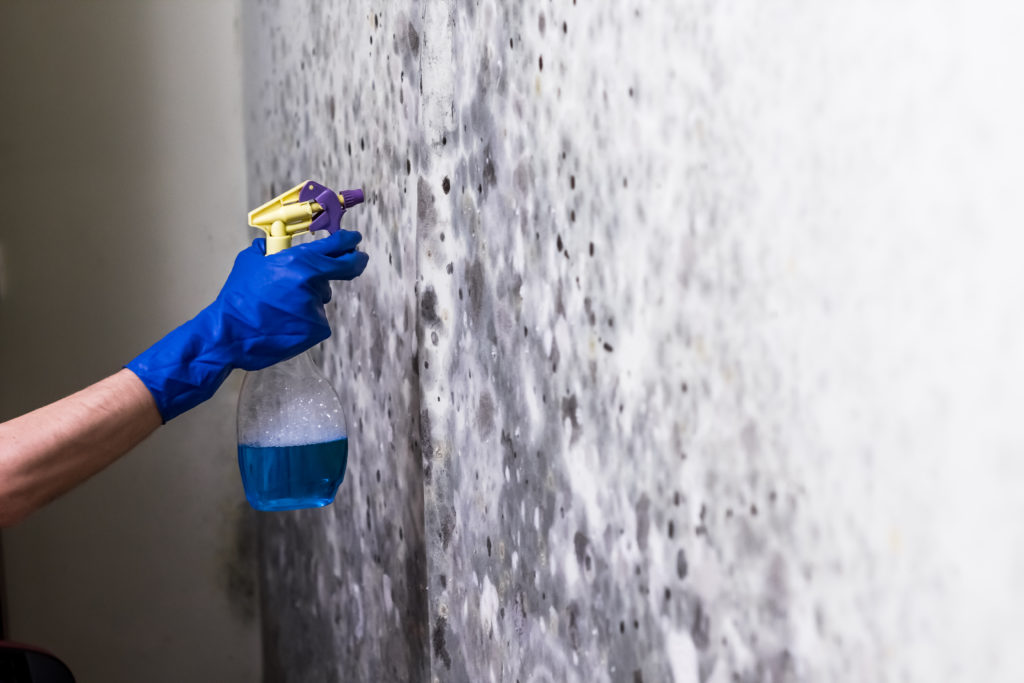
Found some mold in your home? Eradicating mold from your home could be a necessity – not only does it make your home look less attractive, but it could also be a health hazard if left to grow and thrive. Tiny mold spores can get released into the air and can be breathed in if you’re not careful, which may lead to respiratory problems such as asthma and even serious diseases such as Legionnaires.
While you can easily scrub away mild mold, you could find that it keeps coming back unless you tackle the source. In most cases, this comes down to the conditions in your home. Mold is a fungus and it thrives in damp, warm, dark environments. By changing the conditions in your home, you can prevent future growth.
Moisture
Moisture is the biggest source of mold. If you’ve noticed a serious outbreak in a specific area of your home, it could be due to high levels of moisture in that area.
High levels of condensation in a poorly ventilated room can often lead to mold. This is common in bathrooms without adequate ventilation (the steam helps the mold to grow). Opening a window may help to combat this, however often an extractor fan is a better option for removing moisture. You should make sure that this extractor fan is turned on as frequently as possible.
Leaks can also lead to damp and mold. Leaks from pipes and appliances are one possible source, although a roof leak tends to be more common.
What causes roof leaks? These types of leaks can occur for all kinds of reasons including loose tiles and damaged seals. It’s often worth hiring a roofing expert that deals with leaks to take a look and fix the problem.
A plumber meanwhile may be able to fix any leaky pipes or leaky appliances/fixtures (such as toilets or washing machines).
Some homes are naturally more humid due to their location and in these cases mold can be harder to prevent. A dehumidifier tends to be the best option for such homes – this could be built into your HVAC or you could buy a separate freestanding unit for rooms that suffer from mold the most.
Heat
Mold thrives in warm conditions. Consequently, you may find that mold thrives in the summer when the weather is warmer (particularly if it’s a humid day).
Keeping your home relatively cool may help to stop mold growth. This could be done via fans or air conditioning – just be wary that faulty air con can sometimes be a cause of mold.
Darkness
Mold does not grow well in ultraviolet light. As a result, it is more common in dimly lit rooms such as bathrooms and bedrooms.
Throwing open the curtains or the blinds during the day could help to let sunlight in and stunt any mold growth. This may not always be possible with rooms and spaces that do not have windows.